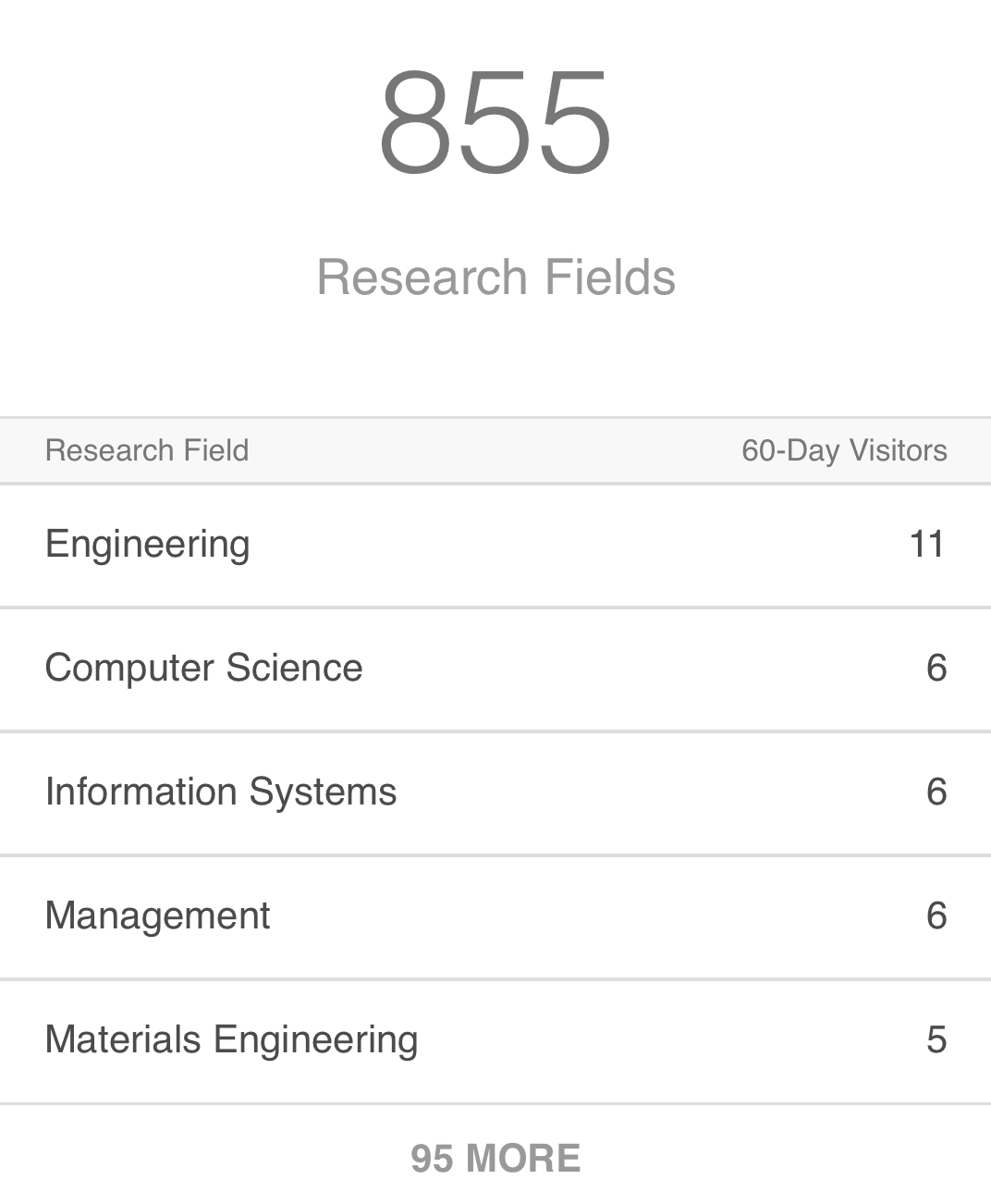FMEA, CFD e FEA PARA OTIMIZAÇÃO DO DESENVOLVIMENTO DE PRODUTOS COM PROTOTIPAGEM 3D EM PEÇA MECÂNICA AUTOMOTIVA AFTERMARKET - Parte A: FMEA
FMEA, CFD and FEA TO OPTIMIZE THE DEVELOPMENT OF PRODUCTS WITH 3D PROTOTYPING IN AUTOMOTIVE MECHANICAL PART AFTERMARKET - Part A: FMEA
Palavras-chave:
Prototipagem 3d, FMEA, FEA, CFDResumo
A área de manufatura aditiva surge como ferramenta poderosa para o uso em projetos de desenvolvimento de produtos – PDP, e em processos fabris de pequena escala e alta especificidade. Contudo, fatores como longo tempo de impressão, necessidade de retrabalho em lay-out de protótipos e a necessidade de novas impressões mostram que o processo de PDP com prototipagem 3d ainda tem pontos a serem melhorados. Neste trabalho foi proposto o uso do failure modes and effects analysis (FMEA) integrado com o occupational safety FMEA (OS-FMEA), em conjunto com aplicação de computational fluid dynamics (CFD) e finite elements analysis (FEA), para otimizar o processo de desenvolvimento de uma peça mecânica automotiva para o mercado aftermarket, fabricada através de impressão 3d. Para tal, o presente trabalho usou como peça-teste uma flange adaptadora para substituição de carburadores em automóveis de coleção. A partir da aplicação de ferramentas inicias de PDP foi concebido um conceito inicial do produto e a elaboração do primeiro modelo em ambiente CAD (computer-aided design). Este modelo inicial serviu para a aplicação do FMEA/OS-FMEA para a identificação e correção de possíveis falhas no modelo. Após as melhorias aplicadas e a redução de todos os risk priority numbers (RPN) obtidos, foi realizada a impressão em manufatura aditiva do modelo definido. A partir do uso da metodologia FMEA+CFD+FEA foi possível obter uma peça viável em apenas uma impressão, mostrando a eficiência do método em otimizar a prototipagem.
Downloads
Referências
ASTM. ASTM F42/ISO TC 261 Develops Additive Manufacturing Standards. [S. l.:s. d.]. Disponível em:https://www.astm.org/COMMIT/F42_AMStandardsStructureAndPrimer.pdf. Acesso em: 03 mai 2020.
Baxter, M. (1998). Projeto de Produto: guia para o desenvolvimento de novos produtos. São Paulo: Edgard Blücher.
Briantais, L. Metal additive manufacturing: process, conception and post-treatments. 2017. 117f. Dissertação (Màster Universitarien Enginyeria d`Automoció), Escola Tècnica Superior d’Enginyeria Industrial de Barcelona, Barcelona, 2017.
Calignano, F., Manfredi, D., Ambrosio, E. P., Biamino, S., Lombardi, M., Atzeni, E., & Fino, P. (2017). Overview on additive manufacturing technologies. Proceedings of the IEEE, 105(4), 593-612.
Cavaignac, A., & Uchoa, J. (2018). Obtaining FMEA’s indices for occupational safety in civil construction: a theoretical contribution. Brazilian Journal of Operations & Production Management, 15(4), 558-565. https://doi.org/https://doi.org/10.14488/BJOPM.2018.v15.n4.a9
Cavaignac, A. L. De, Uchoa, J., & Dos Santos, H. (2020). Risk analysis and prioritization in water supply network maintenance works through the failure modes and effects analysis: occupational safety fmea application. Brazilian Journal of Operations & Production Management, 17(1), 1-7. https://doi.org/https://doi.org/10.14488/BJOPM.2020.006
Dias Júnior, E.B., & Cavaignac, A.L DE O. (2019). Avaliação de riscos e falhas utilizando a ferramenta FMEA priorizando a NR-10 de serviços elétricos de baixa, média e alta tensão. Brazilian Journal of Production Engineering, 5(3): 214-225.
Da Silva, G. C. (2011). Integração da prototipagem física no processo de desenvolvimento de produtos automotivos. Revista Tecnologia, 32(1), 105-115.
Fernandes, J. M. R., & Rebelato, M. G. (2006). Proposta de um método para integração entre QFD e FMEA. Gestão & Produção, 13(2), 245-259.
Ford, M. C. (2011), Failure Mode and Effects Analysis: FMEA Handbook, 4.2 ed. Available from: https://fsp.portal.covisint.com/documents/106025/14555722/FMEA+Handbook+v4.2/4c14da5c-0842-4e60-a88b-75c18e143cf7?version=1.0. Acesso em: 03 mai 2020
Mendes, C. J. (2019). Potenciais impactos da impressão 3d na distribuição de peças e acessórios de uma montadora de automóveis brasileira: Estudo de caso. Projetos e Dissertações em Sistemas de Informação e Gestão do Conhecimento, 6(2).
Da Cruz Ferreira, G., Krüger, T. R., & Dos Santos, C. B. (2016). Utilização da impressão 3d na manufatura para a otimização de processos: um estudo de caso em indústrias automobilísticas. Memorial TCC Caderno da Graduação, 2(1), 276-289.
Gao W., Zhang Y., Ramanujan D., Ramani K., CHEN Y., Williams C.B., Wang C.C.L., Shin Y.C., Zhang S., Zavattieri P.D., The status, challenges, and future of additive manufacturing in engineering, Comput. Des. 69 (2015) 65–89, https://doi.org/10.1016/j.cad.2015.04.001.
Gomes, J. F. B., & Wiltgen, F. (2020). Avanços na manufatura aditiva em metais: técnicas, materiais e máquinas. Revista Tecnologia, 41(1).
Helman, H., Andery, P.R.P. (1995). Analise de falhas:(aplicação dos métodos de FMEA e FTA).UFMG, Escola de Engenharia. 156p.
Huang, S. H., Liu, P., Mokasdar, A., & Hou, L. (2013). Additive manufacturing and its societal impact: a literature review. The International Journal of Advanced Manufacturing Technology, 67(5-8), 1191-1203.
Jorge, G.P. Do N., Sousa, M.J.A. De, & Cavaignac, A.L. De O. (2019). Priorização de risco em obra de médio porte por meio da utilização do FMEA: uma ferramenta de melhoria para segurança do trabalho em altura. Brazilian Journal of Production Engineering, 5(3): 35-53.
Laurenti, R., Villari, B. D., & Rozenfeld, H. (2012). Problemas e melhorias do método FMEA: uma revisão sistemática da literatura. Pesquisa & Desenvolvimento Engenharia de Produção, 10(1), 59-70.
Langefeld, B. et al. Advancements in metal 3D printing. [S. l.]: Roland Berger, 2018. Disponível em: https://www.rolandberger.com/publications/publication_pdf/Roland_Berger_Additive_Manufacturing.pdf. Acesso em: 03 mai 2020.
Li, L., Liu, J., MA, Y., Ahmad, R., & Qureshi, A. (2019). Multi-view feature modeling for design-for-additive manufacturing. Advanced Engineering Informatics, 39, 144–156. doi:10.1016/j.aei.2018.12.004
Lima, R., Ribeiro, R.K.P., Santos, I.J.A., Martins, V.P., & Cavaignac, A.L. de O. (2019). A aplicação da análise de modo de falha e efeito (FMEA) como ferramentas de prevenção de acidentes em pequenas serralherias. Brazilian Journal of Production Engineering, 5(6), Edição Especial "Avanços em segurança do Trabalho", 123-135.
Lira, J. C. (2017). Análise de um coletor de admissão para motor veicular 1.0 pelo método de dinâmica dos fluidos computacional. Acta Mechanìca et Mobilitatem, 1(2), 48-53.
Miguel, P. A. C., & Segismundo, A. (2008). O papel do FMEA no processo de tomada de decisão em desenvolvimento de novos produtos: estudo em uma empresa automotiva. Produto & Produção, 9(2).
Mota, C. P. A., & De Oliveira Cavaignac, A. L. (2019). Avaliação de risco ocupacional em obras de pequeno porte de unidades unifamiliares com aplicação do FMEA: uma investigação sobre trabalho em altura e escavações. Brazilian Journal of Production Engineering-BJPE, 5(4), 25-35.
Pacheco, Y. C. K. G., Ribeiro, R. K. P., & Cavaignac, A. L. de O. (2019). Utilização da análise de modos de falhas e efeitos (FMEA) como ferramenta de prevenção de acidentes em operações com usos de pontes rolantes. Brazilian Journal of Production Engineering, 5(4), 10-24.
Pipes, A. Desenho para designers. São Paulo: Blucher, 2010.
Volpato, N. (2017). Manufatura Aditiva: Tecnologias e aplicações da impressão 3D. Editora Blucher.
Santos, A.G.S., Nascimento Jorge, G.P. Do, & Cavaignac, A.L. DE O. (2019). FMEA como ferramenta de identificação dos riscos ao trabalhador da construção civil. Brazilian Journal of Production Engineering, 5(3),19-34.
Scalla3d. (2020). Carburador de Fusca Brosol Solex 32 VW Beetle Carburetor. Documento de site. Disponível em : https://www.thingiverse.com/thing:4304481, acesso em: 05/04/2020.
Seguin, L. (2011). Trabalho explicativo a respeito das impressoras 3D, e seus desenvolvimentos. Curso de Curso Técnico em Instrumentação, Curso Nacional de Aprendizagem Industrial-SENAI, Santos.
Shaker, F., Shahin, A., & Jahanyan, S. (2019). Developing a two-phase QFD for improving FMEA: an integrative approach. International Journal of Quality & Reliability Management.
Simonetti, H. L., Almeida, V. S., & das Neves, F. D. A. (2018). Smoothing evolutionary structural optimization for structures with displacement or natural frequency constraints. Engineering Structures, 163, 1-10.
Sindipeças. (2020). Relatório da Pesquisa Conjuntural. Março de 2020. Sindipeças, São Paulo – SP. Documento de site. Acessado em 01/05/2020. Disponível em: https://www.sindipecas.org.br/sindinews/Economia/2020/RPCABR2020.pdf
Stamatis, D. H. (2003). Failure Mode and Effect Analysis - FMEA from Theory to Execution (2nd ed.), Milwaukee, USA: ASQ Quality Press.
Takagaki, L. K. (2012). Tecnologia de Impressão 3D. Revista Inovação Tecnológica, São Paulo, v. 2, n. 2, p. 2840, jul./dez.
Thomas, D.; Venkat, R. 3D Metal Printing Technology. IFAC-PapersOnLine, [S. l.], v. 49, n. 29, p. 103- 110, 2016. Disponível em: https://www.sciencedirect.com/science/article/pii/S2405896316325496. Acesso em: 06 mai. 2020.
Relvas, C., Ramos, A., Completo, A., & Simões, J. A. (2012). A systematic approach for an accuracy level using rapid prototyping technologies. In Proceedings of the Institution of Mechanical Engineers, Part B: Journal of Engineering Manufacture, 226(12), 2023-2034.
Wiltgen, F. (2019). Protótipos e prototipagem rápida aditiva sua importância no auxílio do desenvolvimento científico e tecnológico. In: Congresso Brasileiro De Engenharia De Fabricação, 10., COBEF, 10., São Carlos, 5-7 ago., 2019. Anais [...]. São Carlos: UFSCar.
Downloads
Publicado
Edição
Seção
Licença
Copyright (c) 2020 Brazilian Journal of Production Engineering - BJPE

Este trabalho está licenciado sob uma licença Creative Commons Attribution-NonCommercial-ShareAlike 4.0 International License.

Todos os trabalhos publicados na Brazilian Journal of Production Engineering (BJPE) estão licenciados sob a Creative Commons Atribuição 4.0 Internacional (CC BY 4.0).
Isso significa que:
-
Qualquer pessoa pode copiar, distribuir, exibir, adaptar, remixar e até utilizar comercialmente os conteúdos publicados na revista;
-
Desde que sejam atribuídos os devidos créditos aos autores e à BJPE como fonte original;
-
Não é exigida permissão adicional para reutilização, desde que respeitados os termos da licença.
Esta política está em conformidade com os princípios do acesso aberto, promovendo a ampla disseminação do conhecimento científico.



2.png)
























































